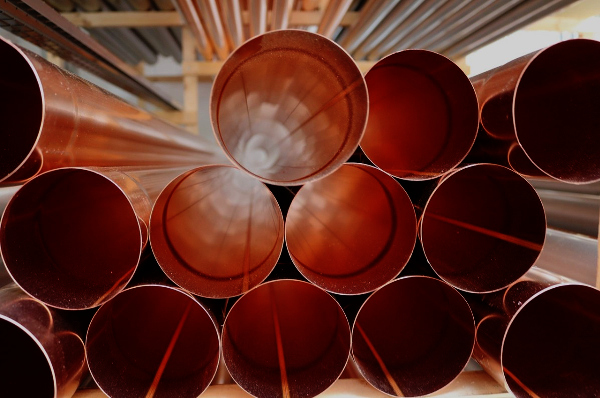Researchers at Indian Institute of Technology (BHU), Varanasi, have developed a new method that promises to protect copper, which is one of the most popular commercial metals, from corrosion in a cost effective manner.
Over the years, scientists have developed several techniques to combat the problem of corrosion of copper. However, they are very expensive or highly complex or provide incomplete protection in acidic media. The new method promises to overcome these problems.
Researchers used technique called ‘floating film transfer method’ to obtain ultrathin films of an organic material, squaraine, and to transfer it over the copper articles as layers. The anti-corrosion activity was tested in the presence of hydrochloride using electrochemical techniques as well as surface characterization techniques. The tests showed that nearly 40% corrosion protection is reached with just one layer of squaraine and increased up to 98% with four layers.
Researchers used technique called ‘floating film transfer method’ to obtain ultrathin films of an organic material, squaraine, and to transfer it over the copper articles as layers.
There are several ways to protect copper from corrosion, but squaraine has an interesting chemical structure. It has a hydrophobic functional group at one end, a hydrophilic functional group at the other end and the two are connected to a square unit in the middle. This helps it dissolve in both hydrophobic and hydrophilic solvents and enables it to be drawn out in the form of thin films. Since metal surfaces are hydrophilic, if squaraine is coated on them, its hydrophilic end interacts with the metal surface and the hydrophobic end hangs out in air and thus repelling corrosive molecules.
For their experiment, the researchers filled a petridish with distilled water up to three-fourth of its height and the upper water surface was cleaned multiple times with small strips of lint free tissue to ensure that there was no contamination. One drop of squarine solution in chloroform was released over the water surface. A blue circular floating film was formed at the air-water interface within seconds. The film was then carefully lifted on to a copper strip and washed gently with a stream of distilled water followed by vacuum drying. The researchers kept depositing layer after layer and after adding every layer tested the anti-corrosion behavior of the layer.
“Though we have used squaraine in this work, we can also use many other cheap materials coated via floating film transfer method for corrosion prevention,” said team leader, Prof Rajiv Prakash, while speaking to India Science Wire.
Besides Dr. Prakash, the team included Rajiv Kumar Pandey, Richa Mishra and Gopalji. The study results have been published in journal Scientific Reports.
India Science Wire
Source: VigyanPrasar
Image Courtesy: NancyRubin
You may also like
-
New Heat-Based Approach To Cancer Treatment Can Reduce Chemotherapy Doses
-
Scientists Take A Major Step Towards Unification Of Classical & Quantum Gravity
-
India Graphene Engineering and Innovation Centre (IGEIC) Under the Vision of Viksit Bharat@2047 Launched
-
New High-Performance Gas Sensor can Monitor Low Level Nitrogen Oxides Pollution
-
Antidepressant Drug can be Repurposed for Treating Breast Cancer
